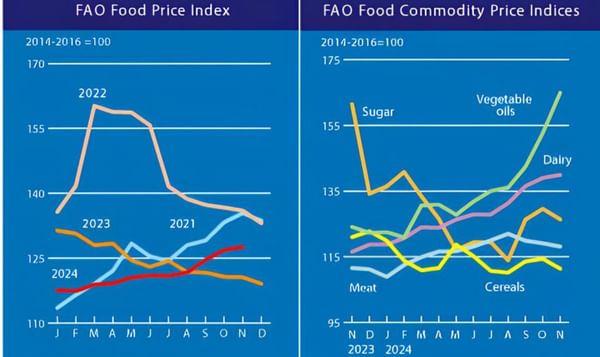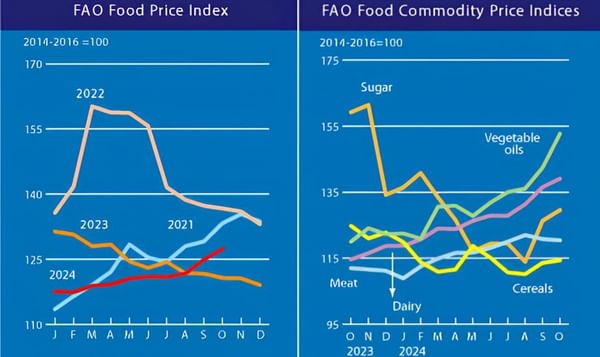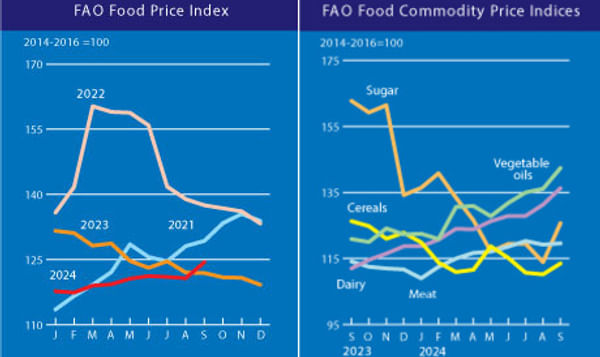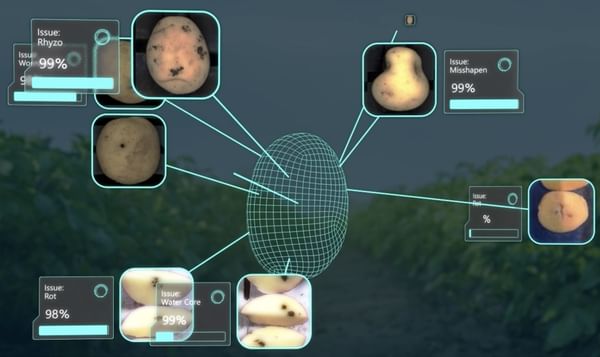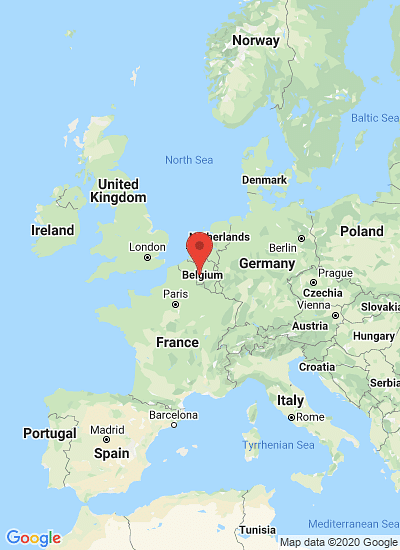System boundaries life cycle assessment starch industry: cradle to gate
New Life Cycle Assessment study on Starch Products published
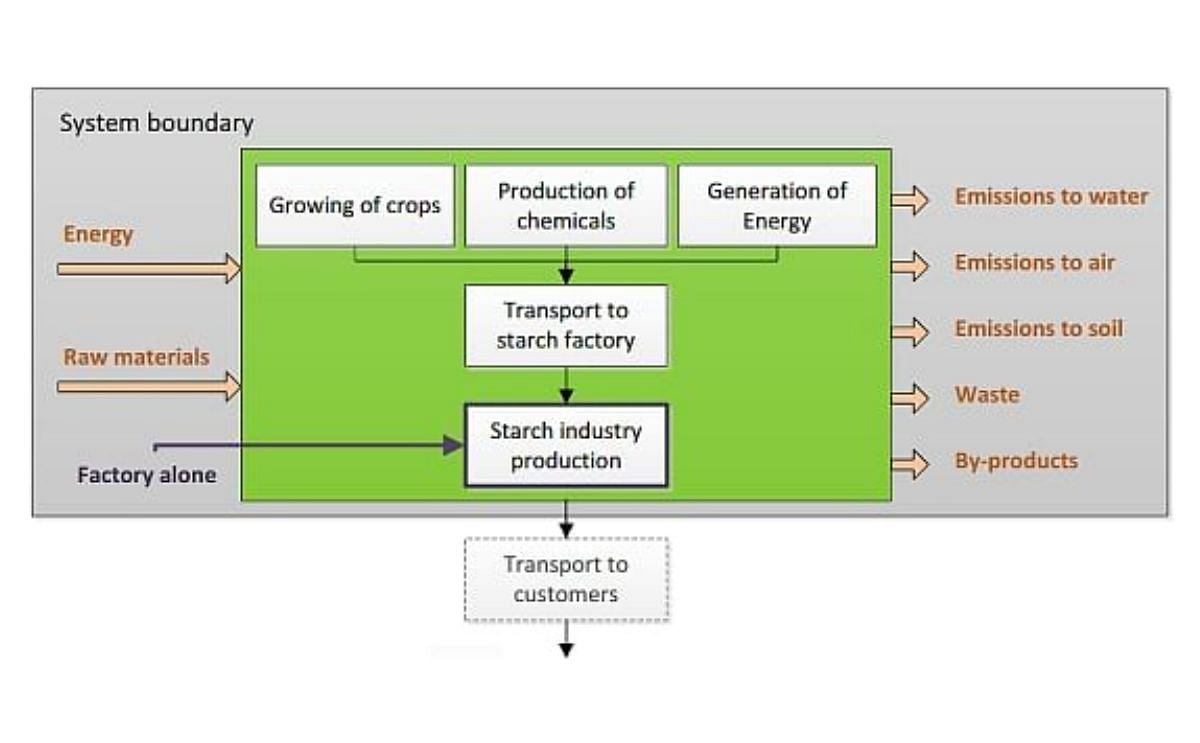
Reinforcing its role at the forefront of sectoral Life Cycle Assessment (LCA) in the agri-food chain, the European Starch Industry Association, Starch Europe, published today the summary report of its updated LCA study.
The study updates the LCA study of starch products first published in August 2012.
The new results are not only based on the most relevant secondary data to date for the agricultural phase, but also on the latest developments with regard to LCA methodology, both regulatory and academic.
The methodology applied is fully compliant with the ISO standards on LCA and takes into account the “Commission Recommendation on the use of common methods to measure and communicate the life cycle environmental performance of products and organisations”.
The EU starch industry also published its newly developed Product Category Rules (PCRs) for the products of the starch industry. These PCRs are the basis to ensure harmonised LCA work for any product of the starch industry, at any level. This set of rules is based upon the ISO 14025 standard and the guidelines recommended by the Commission’s ongoing Product Environmental Footprint pilots.
“The publication of this updated LCA study reflects Starch Europe’s mission to assure a reliable and sustainable supply of safe starch-based ingredients and responds to the increasing demand for the most up to date information from the customers of the EU starch industry. The pan-sectoral nature of the study reflects the joint desire of EU starch companies to ensure that this information is being provided in a consistent manner using the same robust methodology”
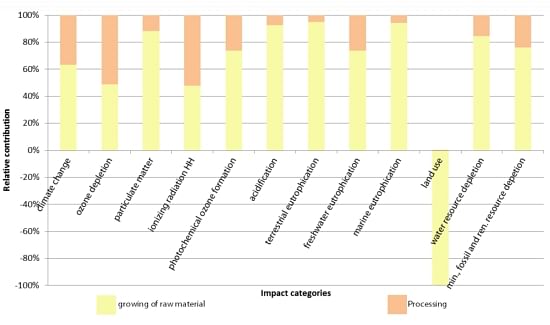
Environmental impacts of the production of native starch: relative contribution of environmental impact of raw material cultivation and industrial processing
It reports on 12 environmental impact categories for which the methodology is currently considered mature enough to provide reliable figures (e.g. climate change and water resource depletion). This is compared to the 3 environmental impact categories covered by the 2012 study. The “mass-allocation on a dry substance basis” was reconfirmed as the most appropriate method to allocate the environmental impacts of starch production across the many products the European starch industry produces.
In the cradle-to-gate life cycle impact assessment, the 12 identified environmental impacts are measured for the three life cycle phases; cradle to raw material (the agricultural phase), transport of the raw material to the factory gate (the transport phase) and gate to gate (the manufacturing phase).
The updated Life Cycle Assessment study confirms that:
- For almost all the starch products and environmental impact categories, it is the agricultural phase which has the largest environmental impact.
- Compared to 2012, the updated secondary data for the agricultural phase are deemed more representative for the current standard growing conditions of European raw materials processed by the starch industry. Nevertheless, some uncertainty remains around the exact impact of the agricultural phase.
- When looking only at the manufacturing phase, the main environmental impact comes from the use of energy. In the last decade, the EU starch producing companies have invested significantly to improve their energy efficiency, and hence reduce the extent of this impact. The majority of the EU starch production now uses High Efficiency Combined Heat and Power (CHP) generation.
- At less than 10% of the total environmental impact, the transport phase impact is very low. This is because the industry typically has suppliers located close to the production plants and/or uses efficient means of transport, such as barge or rail.
- The starch industry produces close to zero waste.
- For some starch products (bio-based products, with a long life cycle, and used in non-food/non-feed applications), the carbon uptake of the crops will in fact outweigh the greenhouse gas emissions during the (agricultural and manufacturing) production phases.



